This article was co-authored by Joanna Kula and by wikiHow staff writer, Janice Tieperman. Joanna Kula is a Licensed Esthetician, Owner and Founder of Skin Devotee Facial Studio in Philadelphia. With over 10 years of experience in skincare, Joanna specializes in transformative facial treatments to help clients achieve a lifetime of healthy, beautiful, and radiant skin. She is also a contributing author for the prestigious Les Nouvelles Esthetiques & Spa magazine and has been featured in a number of magazines including InStyle.
There are 18 references cited in this article, which can be found at the bottom of the page.
This article has been viewed 267,003 times.
From TikTok videos to beauty trends, you’ve probably heard lots of beauty gurus rave about the seemingly endless benefits of skin icing. Could this DIY beauty hack be the ultimate skincare solution for you? We’ve got the inside scoop. Read on to learn how to safely ice your face, as well as the benefits that you should (and shouldn’t!) expect from this simple at-home treatment.
Things You Should Know
- Rub a wrapped ice cube all around your face to give yourself an ice facial. You can also dip your face in a bowl of ice water for 10-15 second increments.
- Prevent major acne flare-ups by applying ice to problem spots for 5-10 minutes.
- Rest an ice pack or compress over your under-eye bags for a couple of minutes to make them look less obvious.
- Avoid skin icing if you have broken capillaries or thin/sensitive skin.
Steps
Expert Q&A
Did you know you can get premium answers for this article?
Unlock premium answers by supporting wikiHow
-
QuestionIs ice good for your skin?
 Joanna KulaJoanna Kula is a Licensed Esthetician, Owner and Founder of Skin Devotee Facial Studio in Philadelphia. With over 10 years of experience in skincare, Joanna specializes in transformative facial treatments to help clients achieve a lifetime of healthy, beautiful, and radiant skin. She is also a contributing author for the prestigious Les Nouvelles Esthetiques & Spa magazine and has been featured in a number of magazines including InStyle.
Joanna KulaJoanna Kula is a Licensed Esthetician, Owner and Founder of Skin Devotee Facial Studio in Philadelphia. With over 10 years of experience in skincare, Joanna specializes in transformative facial treatments to help clients achieve a lifetime of healthy, beautiful, and radiant skin. She is also a contributing author for the prestigious Les Nouvelles Esthetiques & Spa magazine and has been featured in a number of magazines including InStyle.
Licensed Esthetician
-
QuestionWhat are the benefits of an ice cube facial on your face?
 wikiHow Staff EditorThis answer was written by one of our trained team of researchers who validated it for accuracy and comprehensiveness.
wikiHow Staff EditorThis answer was written by one of our trained team of researchers who validated it for accuracy and comprehensiveness.
Staff Answer wikiHow Staff EditorStaff Answer
wikiHow Staff EditorStaff Answer -
QuestionCould it help with wrinkles?
 wikiHow Staff EditorThis answer was written by one of our trained team of researchers who validated it for accuracy and comprehensiveness.
wikiHow Staff EditorThis answer was written by one of our trained team of researchers who validated it for accuracy and comprehensiveness.
Staff Answer wikiHow Staff EditorStaff Answer
wikiHow Staff EditorStaff Answer
Warnings
- Always wrap up the ice before applying it to your skin. Frostbite can start setting in if your skin temperature drops beneath 32 °F (0 °C).[29]⧼thumbs_response⧽
References
- ↑ https://dermcollective.com/ice-facials/
- ↑ https://www.beaumont.org/health-wellness/blogs/when-to-use-ice-and-when-to-use-heat-for-aches-and-pains
- ↑ https://www.youtube.com/shorts/_QnJJOjJwYo
- ↑ https://www.hopkinsmedicine.org/health/treatment-tests-and-therapies/how-to-get-rid-of-bags-under-your-eyes
- ↑ https://www.skincare.com/expert-advice/ask-the-expert/ice-facial
- ↑ https://pubmed.ncbi.nlm.nih.gov/25860384/
- ↑ https://www.aad.org/news/how-to-treat-deep-painful-pimples
- ↑ https://www.youtube.com/watch?v=G6-34AMl9GU&t=0m13s
- ↑ https://www.aad.org/public/everyday-care/skin-care-basics/care/face-washing-101
- ↑ https://www.andersonsobelcosmetic.com/blog/get-the-most-out-of-skin-icing-with-these-top-tips/
- ↑ https://dermcollective.com/ice-facials/
- ↑ https://www.youtube.com/watch?v=G6-34AMl9GU&t=13s
- ↑ https://dermcollective.com/ice-facials/
- ↑ https://dermcollective.com/ice-facials/
- ↑ https://www.aad.org/news/how-to-treat-deep-painful-pimples
- ↑ https://www.hopkinsmedicine.org/health/treatment-tests-and-therapies/how-to-get-rid-of-bags-under-your-eyes
- ↑ https://health.clevelandclinic.org/facial-icing/
- ↑ https://health.clevelandclinic.org/facial-icing/
- ↑ https://www.skincare.com/expert-advice/ask-the-expert/ice-facial
- ↑ https://health.clevelandclinic.org/how-to-shrink-pores/
- ↑ https://pubmed.ncbi.nlm.nih.gov/25654195/
- ↑ https://dermcollective.com/ice-facials/
- ↑ https://www.mayoclinic.org/diseases-conditions/wrinkles/in-depth/wrinkle-creams/art-20047463
- ↑ https://health.clevelandclinic.org/facial-icing/
- ↑ https://www.rosacea.org/rosacea-review/2016/spring/q-a-skin-sensitivity-ice-cubes
- ↑ https://health.clevelandclinic.org/facial-icing/
- ↑ https://www.youtube.com/watch?v=pg0Dijp8ejc&t=2m14s
- ↑ https://www.aad.org/public/everyday-care/skin-care-secrets/routine/healthier-looking-skin
- ↑ https://dermcollective.com/ice-facials/
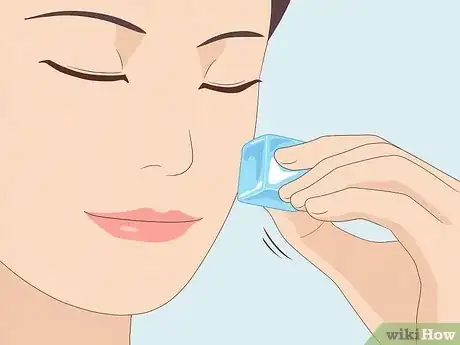

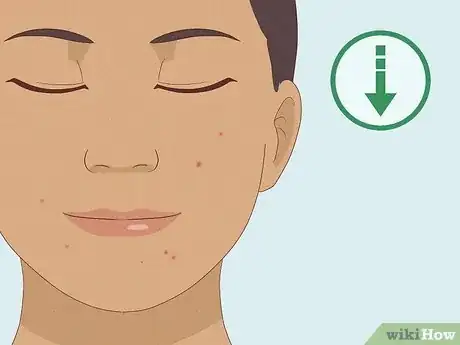
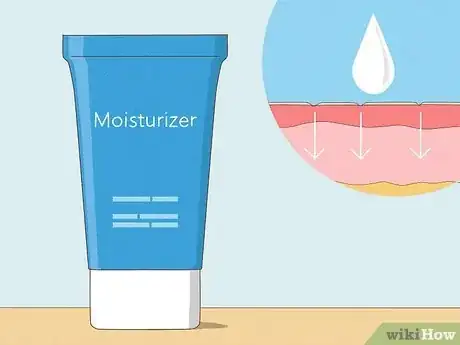
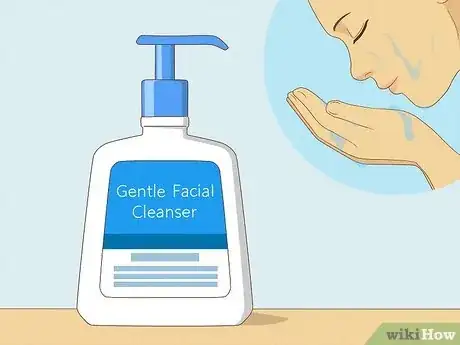
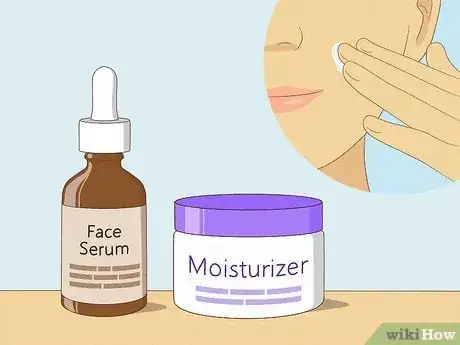






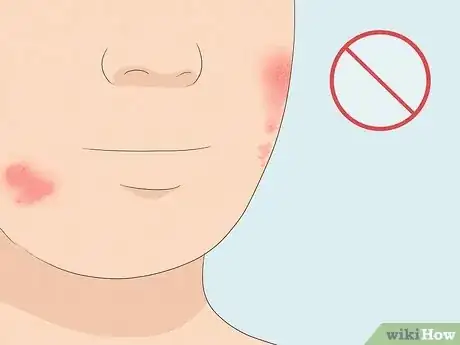




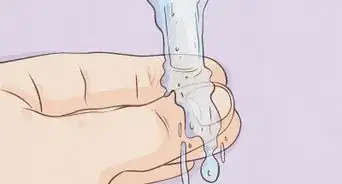

-Step-12-Version-3.webp)



















































